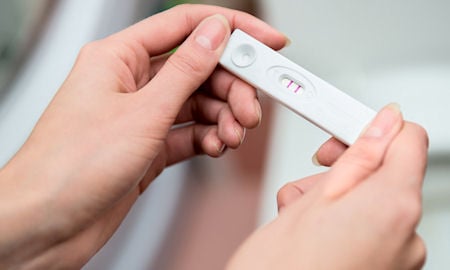
Multiple Pregnancy and Multiple Births: Understanding the Risks for Mothers and Babies
TRANSCRIPT
Hi, my name is Dr. Kelly Lynch and I am a reproductive endocrinologist. My goal as to help families have healthy babies. Research shows that women carrying twins and triplets are at greater risk for complications than women carrying one baby. The purpose of this video is to help you make decisions that will help you have the best outcome.
Your risks increase with each additional fetus in the womb. These include high blood pressure, also known as preeclampsia or toxemia. This can lead to preterm birth and a variety of other serious health complications. Gestational diabetes, or high blood sugar, is also more common with multiple pregnancies. You may be more likely to experience nausea and vomiting in early pregnancy. Problems related to the placenta are more common.
For babies, many problems are the result of being born prematurely.
This chart highlights the risks to babies in a multiple pregnancy. As you can see, they are more likely to be born prematurely, have a lower birth weight, and are at increased risk for cerebral palsy and death in the first year of life.
Some of the specific complications associated with prematurity include damage to the retina which causes poor vision, chronic breathing problems, and intestinal problems.
Twins are the most common multiple birth, and twins have a high risks of prematurity, NICU admission, cerebral palsy and other complications.
If you take fertility medicines to conceive or transfer more than one embryo you may have a higher chance of conceiving a multiple pregnancy. The risk varies depending on the type of medication being used and your age. In general, if you are less than 38 years old, you are at increased risk for multiples with fertility treatment.
Research suggests that single embryo transfer can help avoid multiple pregnancies. If you are less than 38, the best chance of having a baby without increased risk for twins is to transfer one fresh embryo in a first cycle and if needed, followed by one embryo in a frozen cycle. For high-order multiples, a procedure called multifetal pregnancy reduction can be used to reduce the number of fetuses in the uterus, and make the pregnancy less risky for mothers and babies.
These are some helpful resources that further explain the risks associated with multiple pregnancies and births.

